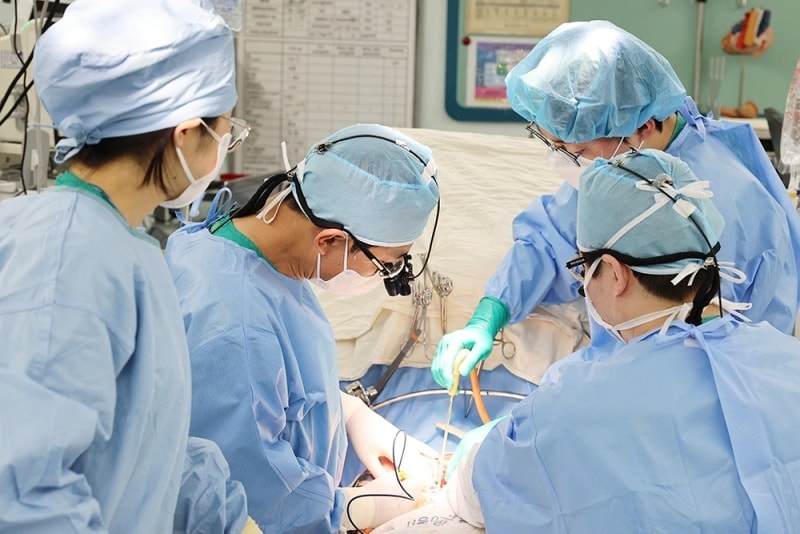
According to research published in the journal Device , this new technology overcomes the limitations of traditional bone grafting methods that require the use of metal parts or donor bone. In particular, in cases of uneven fractures, the new method allows the creation of suitable grafts right in the operating room without the need for prior design and production.
"Our technology allows for the direct printing and application of bone scaffolds at the surgical site, ensuring high precision in anatomical matching, even with complex injuries, without prior preparation," said Professor Jung Seung Lee from Sungkyunkwan University, the study's leader.
The material used in the device is a combination of hydroxyapatite (HA) – a natural component of bone that promotes healing – and polycaprolactone (PCL), a biocompatible plastic. PCL can liquefy at low temperatures (around 60°C), making it safe enough not to cause tissue damage during surgery.
Notably, the team incorporated the antibiotics vancomycin and gentamicin into the material to prevent post-surgical infections. Tests on rabbits showed promising results, with bone regeneration superior to the traditional method after 12 weeks of treatment.
The team is now preparing for human clinical trials, with the goal of bringing the technology to practical application in the operating room in the near future.
PV (synthesis)Source: https://baohaiphong.vn/cong-nghe-moi-giup-bac-si-va-xuong-ngay-trong-phong-mo-520326.html









































































































Comment (0)